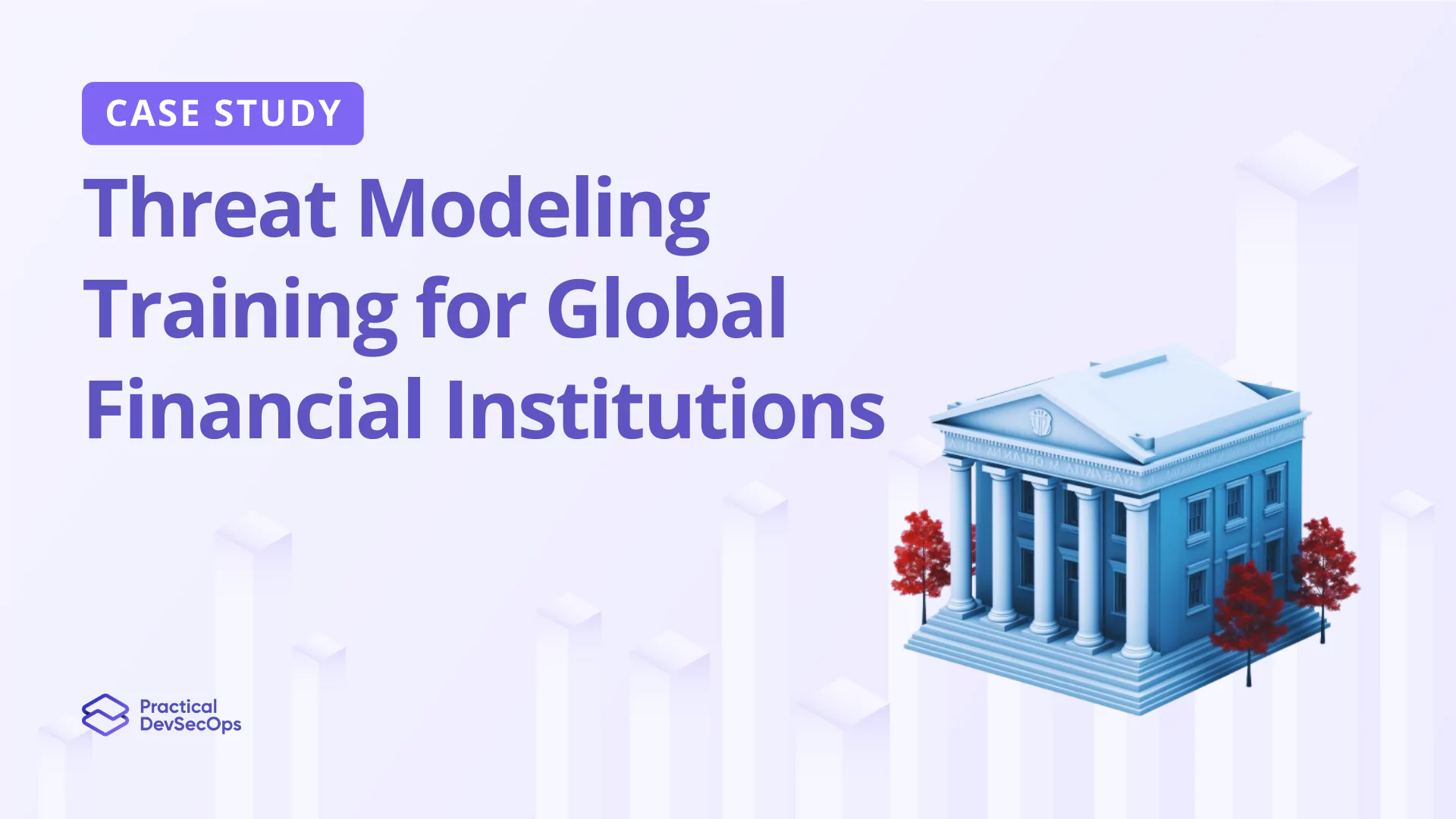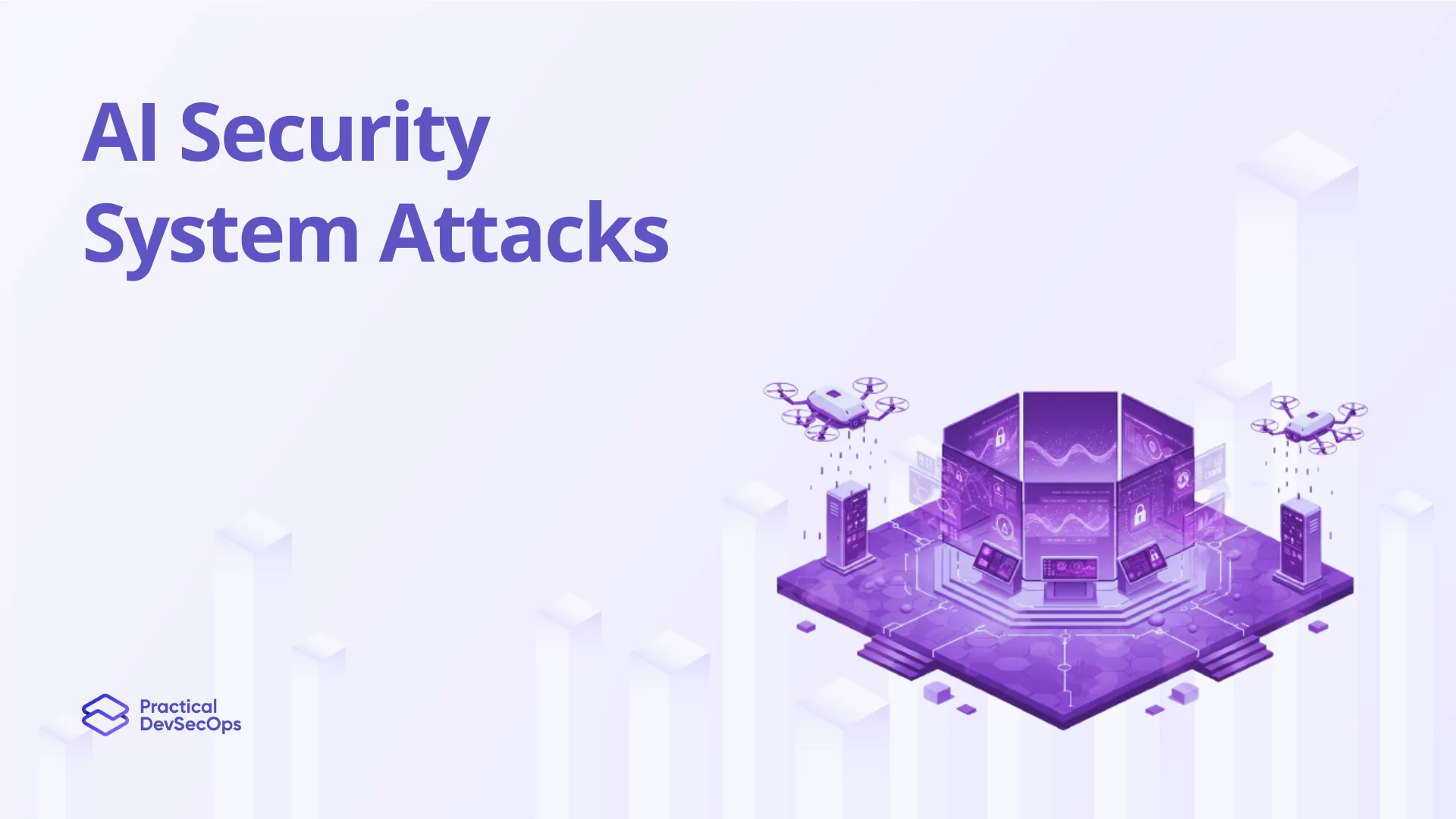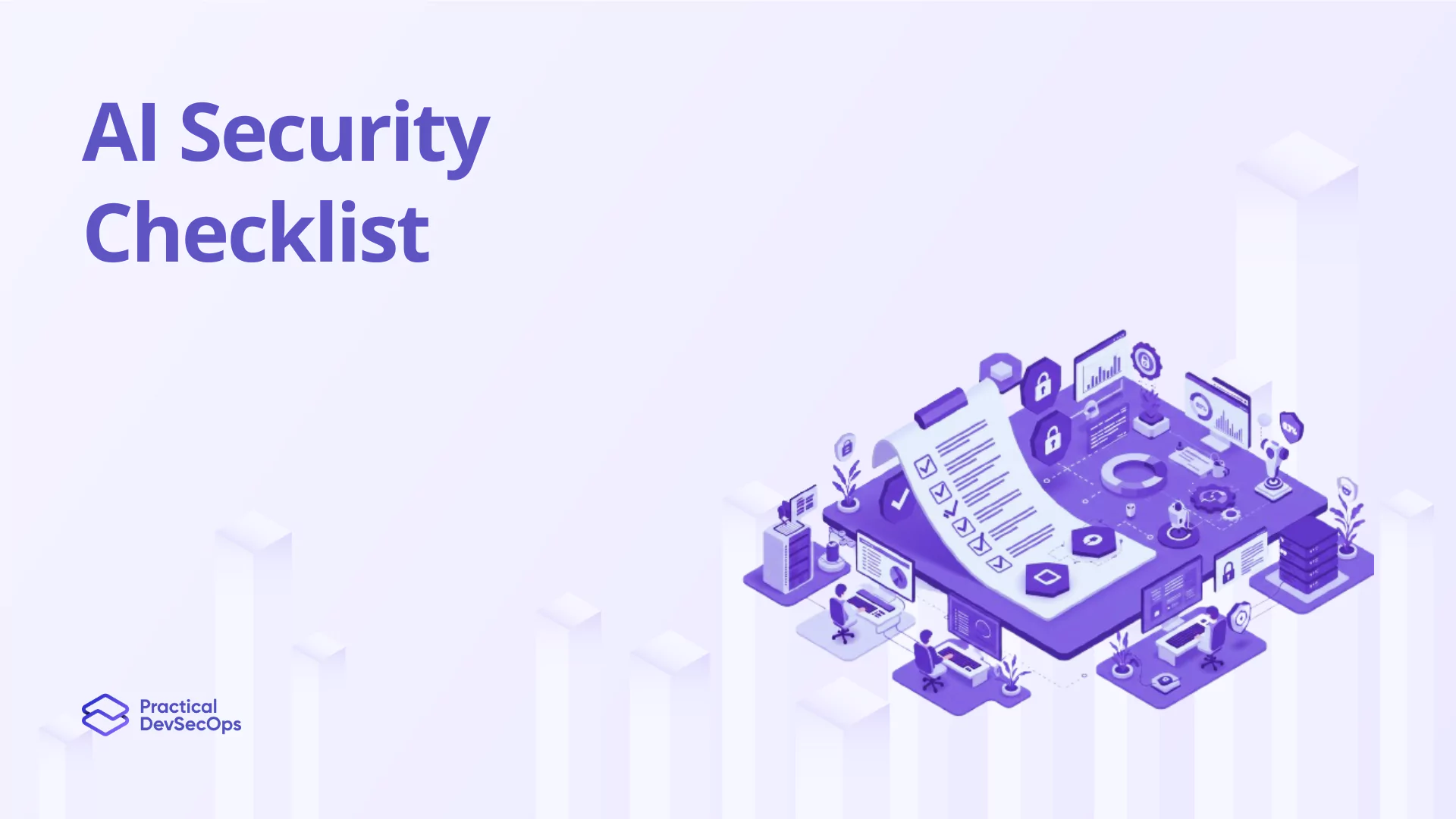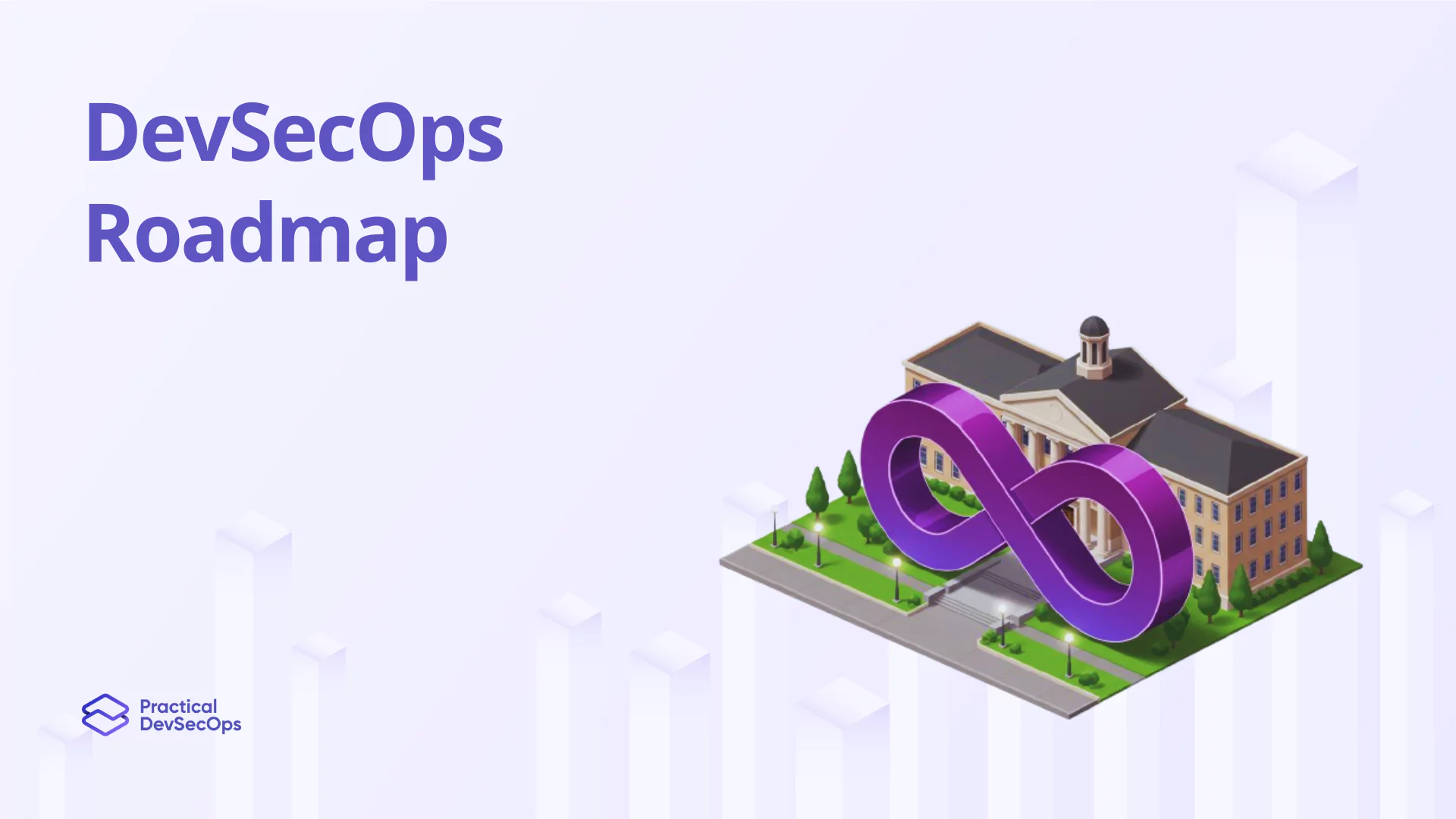For the world’s 4th largest multinational bank, maintaining robust security is important in their heavily regulated industry. However, implementing comprehensive threat modeling across their vast, diverse workforce posed significant challenges.
By leveraging the Certified Threat Modeling Professional (CTMP) course, The financial giant found a scalable, adaptable solution to elevate their critical security program without leaving any employee behind.
Challenge
With a Cybersecurity workforce spread across 50 countries, this global banking leader traditionally relied on infrequent, in-person threat modeling workshops. While this approach sufficed initially, it quickly became unsustainable as the bank’s digital footprint expanded rapidly.
The institution faced several key challenges:
Inconsistent threat modeling practices across different teams and regions.
- Difficulty in scaling training to cover all relevant personnel.
- Lack of standardized methodology, leading to variable quality in threat models
- Significant time and cost investment in conducting in-person workshops
- Inability to keep pace with evolving threats in the fast-moving financial technology landscape.
- Limited hands-on experience with threat modeling tools in a controlled environment.
- Lack of continuous support for threat modeling-related queries and issues
It was evident that a more efficient, standardized, and scalable approach to threat modeling was needed to cover their entire global security operation while remaining agile and up-to-date.
Solution
The solution came in the form of the Certified Threat Modeling Professional (CTMP) course, combined with Practical DevSecOps principles, tailored to meet the unique needs of a global financial institution. The comprehensive program offered several key features that set it apart:
Practical Learning Approach: The CTMP course moved beyond theoretical knowledge, emphasizing practical, real-world applications of threat modeling principles. This approach ensured that participants could immediately apply their learning to their Threat Modeling tasks.
Extensive Hands-on Labs: A cornerstone of the CTMP course was its extensive lab environment. These browser-based labs simulated real-world financial scenarios for securing the cloud environments, allowing participants to:
- Practice with actual threat modeling tools used in the banking sector
- Experiment with different threat modeling techniques without risking live systems
- Gain hands-on experience in identifying and mitigating threats specific to applications & systems.
24/7 Expert Support via Mattermost:
Recognizing the importance of expert guided learning, the CTMP course comes with round-the-clock expert support through a dedicated Mattermost channel. This feature ensured that:
- Participants can get immediate assistance and expert hand-holding for additional guidance and resolving any questions and queries.
- A continuous learning environment was maintained beyond the formal course structure.
Additional features of the CTMP course included:
- In-depth coverage of STRIDE, PASTA, and other threat modeling methodologies.
- Multiple Threat Modeling tools available in the single course.
- Integration of threat modeling into the DevSecOps pipeline for continuous security assessment.
- Detailed analytics and reporting for tracking course completion and skill development across teams
Practical DevSecOps worked closely with the bank’s security leadership to create structured, role-specific training paths. This ensured that everyone, from front-end developers to core banking system engineers, received targeted threat modeling education relevant to their specific responsibilities within the Secure SDLC framework.
The implementation of the CTMP course and DevSecOps practices went beyond mere training delivery. Leveraging the course’s practical focus and support structure, the bank collaborated to:
Beyond Content Delivery
- Develop a Monthly learning roadmap with regular skills assessments, aligned with the latest evolving threats.
- Integrate threat modeling into the secure development lifecycle and CI/CD pipelines, using techniques learned in the hands-on labs.
- Create a community of practice for ongoing threat modeling discussions and knowledge sharing, extending the collaborative environment of the Mattermost support.
- Establish key performance indicators (KPIs) to measure the impact of the threat modeling program within the DevSecOps context.
- Utilize the 24/7 Mattermost support to rapidly address emerging threat modeling challenges and disseminate critical updates across the organization.
Results
The implementation of the Certified Threat Modeling Professional (CTMP) course and practical DevSecOps principles, with emphasis on practical learning through hands-on labs, and 24/7 support, yielded significant results for the world’s 4th largest multinational bank:
Time Savings:
- Reduced time to conduct threat modeling sessions by 40%.
- Decreased the average time to identify potential threats in new projects by 35%.
- Accelerated security testing in CI/CD pipelines by 50%.
- Reduced time to resolve complex threat modeling issues by 60% through 24/7 expert support.
Cost Reduction:
- Saved $0.5 million annually in Training, travel, and logistics costs associated with in-person training
- Reduced potential breach-related costs by an estimated $10 million through early threat identification
- Lowered remediation costs by 60% due to early detection of security issues.
Efficiency Improvements:
- Increased the number of systems undergoing threat modeling by 150% within the first year
- Improved consistency in threat model quality, with 95% meeting or exceeding industry standards
- Automated 70% of routine threat modeling tasks in the DevSecOps pipeline
- Increased practical skills’ application by 180% through extensive hands-on labs
Security Enhancements:
- Identified and mitigated 30% more potential threats in the design phase
- Reduced the number of high-severity vulnerabilities in production systems by 45%.
- Increased the speed of vulnerability patching by 40% through improved DevSecOps practices.
- Improved real-time threat response by 55% through 24/7 expert support.

Compliance and Audit:
- Achieved 100% compliance with regulatory requirements for system security assessments
- Reduced audit findings related to inadequate threat analysis by 80%.
- Improved traceability of security decisions by 90% through integrated DevSecOps tooling.

The Head of Security Architecture at the bank, who prefers to remain anonymous, shared their thoughts on the transformation:
The Certified Threat Modeling Professional course has changed the way we think & perform Threat Modeling in the course now. We can keep up with the pace of development teams and remediate the threat early. This comprehensive approach has allowed us to speak a common language across our global teams and embed threat modeling into our DNA. The ROI from the training has been many folds in the first quarter itself. We feel confident as a team now while performing the Threat Modeling.
Key Takeaways
- Standardization: The CTMP course enabled the bank to implement consistent threat modeling practices across their entire global operation, aligning with DevSecOps principles.
- Scalability: The online format allowed for rapid scaling, reaching a global Security workforce within six months and integrating threat modeling into all stages of the development lifecycle.
- Customization: Role-specific training ensured that each employee received relevant threat modeling education, improving overall security posture within their roles.
- Practical Learning: Extensive hands-on labs provided real-world experience with threat modeling tools and techniques, significantly improving skill retention and application.
- Continuous Support: 24/7 expert assistance through a dedicated Mattermost channel ensured that threat modeling challenges could be addressed promptly, enhancing overall security posture.
- Continuous Improvement: Regular assessments and a structured roadmap facilitated ongoing skill development and adaptation to emerging threats,
- Cultural Shift: The program fostered a security-first mindset, making threat modeling an integral part of the bank’s development and operations processes, truly embracing the Shift-left culture.
By leveraging the Certified Threat Modeling Professional (CTMP) course, with its strong emphasis on practical learning, extensive hands-on labs, and 24/7 expert support via Mattermost. The world’s 4th largest multinational bank transformed its approach to threat modeling, creating a more secure, efficient, and compliant organization. This case study demonstrates the power of targeted, scalable, and practical security education combined with Shift-left practices in meeting the complex challenges faced by global financial institutions.







0 Comments